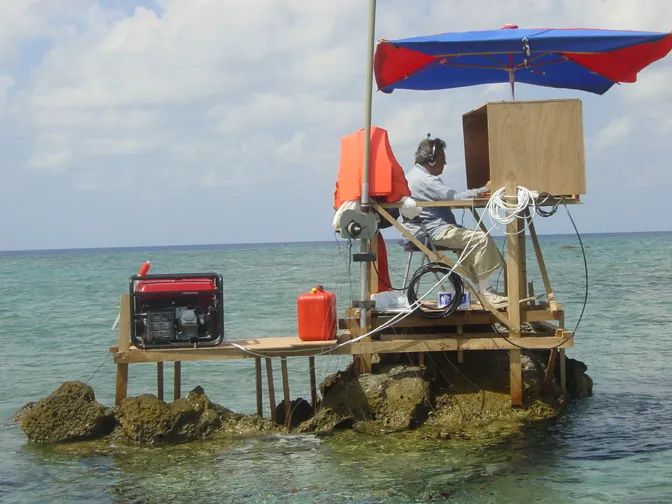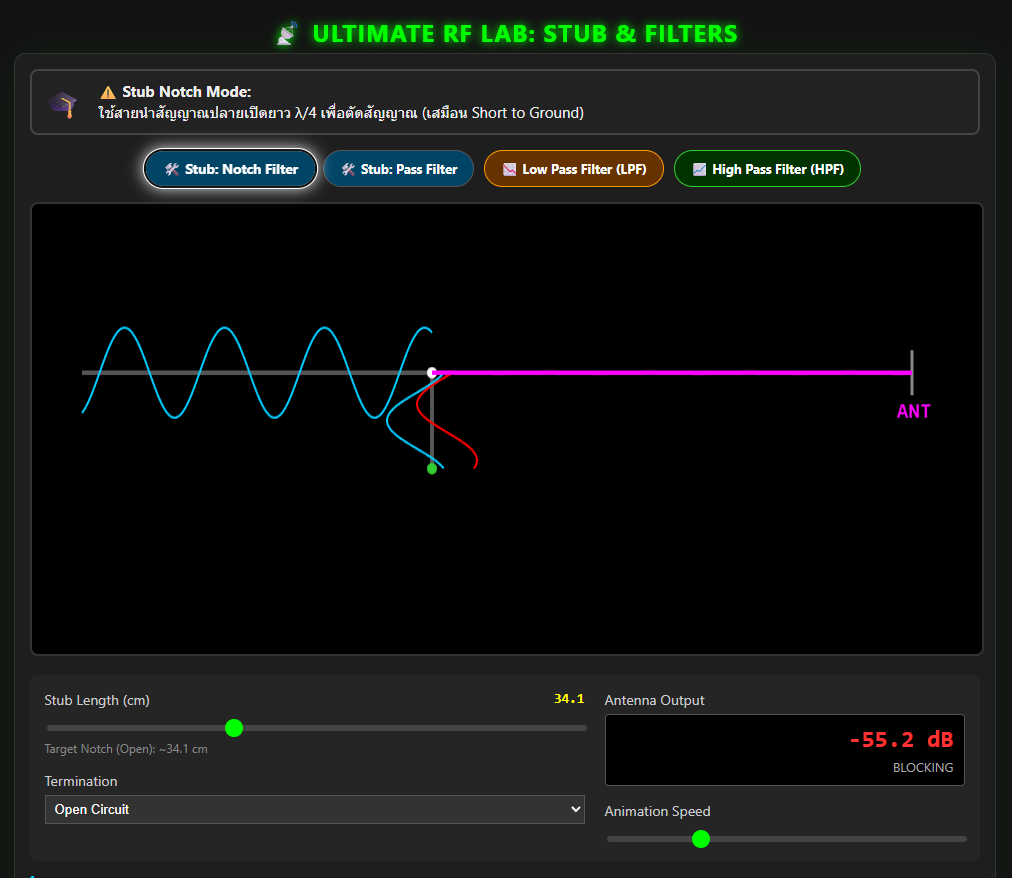amateur radio
dxpedition
ham radio
radio communications
remote station
technology
virtual reality
amateur radio, antenna analyzer, antenna modeling, antenna theory, antenna tuner, aprs tracking, AR amateur radio, ARES, augmented reality ham radio, aurora, awards, backpack portable, baluns, band conditions, Battle Born batteries, beam antenna, beamwidth, Buddipole, callsign lookup, castle, chokes, clublog, coax, contest logging, contest station, contesting, counterpoise, digital modes, digital signal processing, directivity, disaster communications, distance learning, dsp, dx, DX Summit, dxcc, DXCluster, dxing, dxpedition, DXpedition planning, Elecraft, electronics, eme, emergency communications, emergency preparedness, end fed antenna, engineering, eqsl, expedition radio, expedition style, ferrite, field day, field portable, FlexRadio, front to back ratio, ft8, future of ham radio, gain, Garmin inReach, geomagnetic storm, ground systems, ham radio education, ham radio gear, ham radio innovation, hamradio, hex beam, HF portable, immersive technology, impedance matching, ionosphere, iota, islands on the air, ladder line, LiFePO4 batteries, lighthouse, logs, lora, lotw, magnetic loop, mesh networking, meshtastic, Meta Quest, meteor scatter, Microsoft HoloLens, microwave, moonbounce, MPPT controller, N1MM Logger, nanovna, off grid, online training, open wire, parks on the air, portable antennas, portable operation, portable power, portable radio, POTA, propagation, propagation prediction, PSK Reporter, public service, qrp, QRZ, qsl, QSO Today, RACES, radials, radiation pattern, radio frequency, radio technology, rare DX, reactance, remote control, remote elmering, remote operations, RemoteRig, resonance, return loss, reverse beacon network, rf, RF engineering, RigExpert, satellite internet, scatter, sdr, skip, Smith chart, software defined radio, solar cycle, solar panels, solar power, sota, space weather, sporadic E, spot, starlink, STEM, SteppIR, summits on the air, swr, SWR bandwidth, take off angle, TeamViewer AR, technical innovation, time domain reflectometry, transmission lines, tropospheric, vector network analyzer, vertical antenna, VHF UHF, Victron Energy, virtual hamfest, virtual reality amateur radio, VOACAP, voip, VR ham radio, weak signal, weak signal communication, wire antenna, WSJT-X
9M2PJU
0 Comments
How Modern Technology is Changing Amateur Radio DXpeditions
If you’ve ever wondered how amateur radio operators manage to set up stations on remote islands or mountaintops and make thousands of contacts, the answer is technology. Today’s DXpeditions use amazing tools that would have seemed impossible just 20 years ago.
Let’s explore the technologies that are transforming DXpeditions today, and take a peek at some exciting new possibilities on the horizon.
What Makes Modern DXpeditions So Successful?
1. Remote Control – Operating from Anywhere
What it is: You can now control your radio station from anywhere in the world using the internet.
How it works:
- Special devices connect your radio to the internet
- Software on your computer lets you operate as if you’re sitting at the radio
- You can change frequencies, adjust power, and even rotate antennas remotely
Popular tools:
- RemoteRig RRC-1258: The most trusted system for remote radio control
- Elecraft K3/K4 series: Radios with built-in remote control features
- FlexRadio 6000 series: Software-defined radios perfect for remote operation
- Ham Radio Deluxe: Complete software suite for computer control
Why it matters: Operators can take breaks, work in shifts, or even operate from a safe location during bad weather.
2. Digital Modes – Making Contacts in Tough Conditions
What they are: Special computer modes that work much better than voice in poor conditions.
The game-changing software:
- WSJT-X: The main program for FT8, FT4, and other weak signal modes
- JS8Call: Allows real-time text conversations using weak signal technology
- fldigi: Handles dozens of digital modes in one program
Popular logging software:
- N1MM Logger+: The gold standard for contest and DXpedition logging
- Ham Radio Deluxe Logbook: Integrates with radio control
- Logger32: Free, powerful logging with extensive features
The benefits:
- Make contacts when voice won’t work
- Automatic logging saves time
- Can work during solar storms when other modes fail
3. Better Batteries and Solar Power
Specific products making a difference:
Battery Technology:
- Battle Born LiFePO4 batteries: 100Ah batteries with 10+ year lifespan
- Victron Energy systems: Smart battery monitors and solar controllers
- Goal Zero power stations: All-in-one portable power solutions
Solar Solutions:
- Renogy flexible solar panels: Lightweight panels for portable use
- AIMS Power inverters: Convert 12V to 120V efficiently
- Victron SmartSolar MPPT controllers: Maximize solar charging with phone app control
Why this matters: You can operate for days without any outside power source.
4. Lightweight, Portable Antennas
Breakthrough antenna products:
Portable Beam Antennas:
- SteppIR BigIR Vertical: Remotely tunable from 6-80 meters
- Hex Beam by K4KIO: Lightweight 6-band beam antenna
- Buddipole antenna system: Modular design for any band/situation
Wire Antennas:
- Par Electronics EFHW antennas: End-fed half-wave antennas with built-in tuners
- Chameleon Antenna CHA MPAS: Portable military-style antenna system
- LNR Precision EFT Trail antennas: Ultra-lightweight for backpacking
Automatic Tuners:
- Elecraft T1 tuner: Tiny tuner for QRP operations
- LDG Electronics AT-600ProII: High-power tuner for serious DXpeditions
- Icom AH-4 automatic screwdriver antenna: Vehicle-mounted auto-tuning antenna
The advantage: Get great performance without needing a big tower or lots of space.
5. Internet Tools for Better Operations
What’s available:
- Real-time band condition reports
- Automatic spotting when you’re on the air
- Online logbooks that sync everywhere
- Propagation predictions
How it helps: Know exactly when and where to operate for best results.
6. Starlink: The Game-Changer for Remote Internet
What it is: SpaceX’s satellite internet constellation that provides high-speed internet almost anywhere on Earth.
Why it’s revolutionary for DXpeditions:
- Works in locations with zero cellular coverage
- Fast enough for remote control operations
- Enables real-time logging and spotting from anywhere
- Makes VoIP communication possible from remote sites
Real-world impact:
- Recent DXpeditions to remote islands now have better internet than many cities
- Teams can stream live video from their operations
- Immediate log uploads and QSL processing
- Emergency communication backup
Equipment needed:
- Starlink dish and modem (about $600)
- Monthly service (around $110-150)
- Portable power system for 24/7 operation
7. Communication and Safety Equipment
Satellite Communication:
- Garmin inReach Mini: Two-way satellite messaging and SOS
- Iridium Satellite Phone: Voice calls from anywhere on Earth
- SPOT X: Two-way satellite messenger with smartphone connectivity
APRS and Tracking:
- Kenwood TH-D74: Handheld radio with built-in APRS and GPS
- Yaesu FTM-400: Mobile radio with APRS and digital modes
- Argent Data T3-135: Tiny APRS tracker for position reporting
8. Specialized DXpedition Equipment
Contest/DX Software:
- DX4WIN: Complete logging and spotting system
- WriteLog: Multi-operator contest logging
- Win-Test: Real-time multi-station networking
Test Equipment:
- RigExpert AA-600: Antenna analyzer covering HF through UHF
- NanoVNA: Affordable vector network analyzer
- MFJ-269Pro: Classic antenna analyzer with graphical display
The New Kids on the Block: VR and AR
What Are VR and AR?
Virtual Reality (VR): Put on special goggles and you’re transported to a completely digital world.
Augmented Reality (AR): Look through special glasses or your phone, and digital information appears overlaid on the real world.
How Could These Help DXpeditions?
Virtual Reality Uses:
- Virtual site visits: “Visit” a DXpedition location before going there
- Training: Practice operating in a safe, simulated environment
- Remote participation: Let supporters “join” your DXpedition virtually
- Planning meetings: Team members worldwide can meet in virtual space
Augmented Reality Uses:
- Antenna tuning help: See SWR readings floating in your field of view
- Assembly instructions: Get step-by-step guidance overlaid on real equipment
- Band condition display: See propagation data while you operate
- Remote expert help: Let an expert “see through your eyes” to help troubleshoot
The Reality Check: Current Limitations
Why VR and AR aren’t everywhere yet:
- Equipment issues:
- Heavy and bulky
- Batteries don’t last long
- Expensive
- Not built for outdoor use
- Internet problems:
- Need very fast internet connections
- Most DXpedition sites have poor internet
- Can be unreliable when you need it most
- Practical concerns:
- VR can be distracting during real contacts
- Limited software designed for ham radio
- Steep learning curve
- Cost vs. benefit:
- Current ham radio tools work very well
- Hard to justify the expense for small improvements
Real Examples of VR/AR in Ham Radio
What’s happening now:
- Virtual hamfests during COVID-19 were very successful
- Some clubs hold meetings in VR spaces
- Mobile apps show basic AR overlays for frequency information
- Universities use VR to teach antenna theory
Small experiments:
- DXpedition teams testing AR for equipment troubleshooting
- Contest stations trying heads-up displays for band information
- Emergency groups exploring VR for training scenarios
What Does the Future Look Like?
Next 2-3 Years: Testing and Learning
- Lightweight AR glasses become available
- Better software designed specifically for ham radio
- Major DXpeditions start small experiments
- Costs come down significantly
5 Years from Now: Early Adoption
- Rugged equipment suitable for field use
- Reliable software with proven benefits
- Standard training programs available
- Integration with existing station equipment
10 Years Out: Mainstream Use
- Most major DXpeditions include VR/AR equipment
- Automatic antenna optimization using AR
- Virtual participation becomes common
- AI assistants help with station operation
Should You Care About This Now?
For Most Hams: Not Yet
The current proven technologies (remote control, digital modes, modern batteries) offer much better value for your money right now.
For Early Adopters: Start Small
- Try VR hamfest experiences
- Experiment with AR apps on your phone
- Follow developments in ruggedized equipment
- Consider learning VR/AR development skills
For DXpedition Planners: Stay Informed
- Monitor technology developments
- Budget for future upgrades
- Consider partnership opportunities with tech companies
- Plan for eventual integration
The Bottom Line
DXpeditions today benefit from incredible proven technologies that make operations more successful than ever before. Remote control, digital modes, advanced power systems, and internet tools are game-changers that work reliably in the field.
VR and AR represent exciting possibilities for the future, but they’re still experimental for our hobby. The hardware needs to get lighter, cheaper, and more rugged. The software needs to be designed specifically for amateur radio. And we need better internet connectivity in remote locations.
The smart approach: Master today’s proven technologies while keeping an eye on emerging ones. The future of DXpeditioning will likely blend the best of both worlds.
Remember: Technology serves our goals of making contacts and sharing our hobby. The latest gadget isn’t always the best tool for the job.
The future of DXpeditioning is being written now. Whether you prefer traditional methods or cutting-edge technology, there’s never been a more exciting time to be involved in amateur radio adventures.
What technologies have you tried in your portable operations? What would you like to see developed next? Share your thoughts and experiences – the amateur radio community learns best when we share knowledge with each other.







Post Comment